Introduction
Ever thought about cooking for the family? There are a couple of things you need to consider before you set off on your quest to become a home cook. Channeling your inner chef should be a well-thought-out process that involves meticulous planning and awareness. It isn’t easy, but it’ll be worth it.
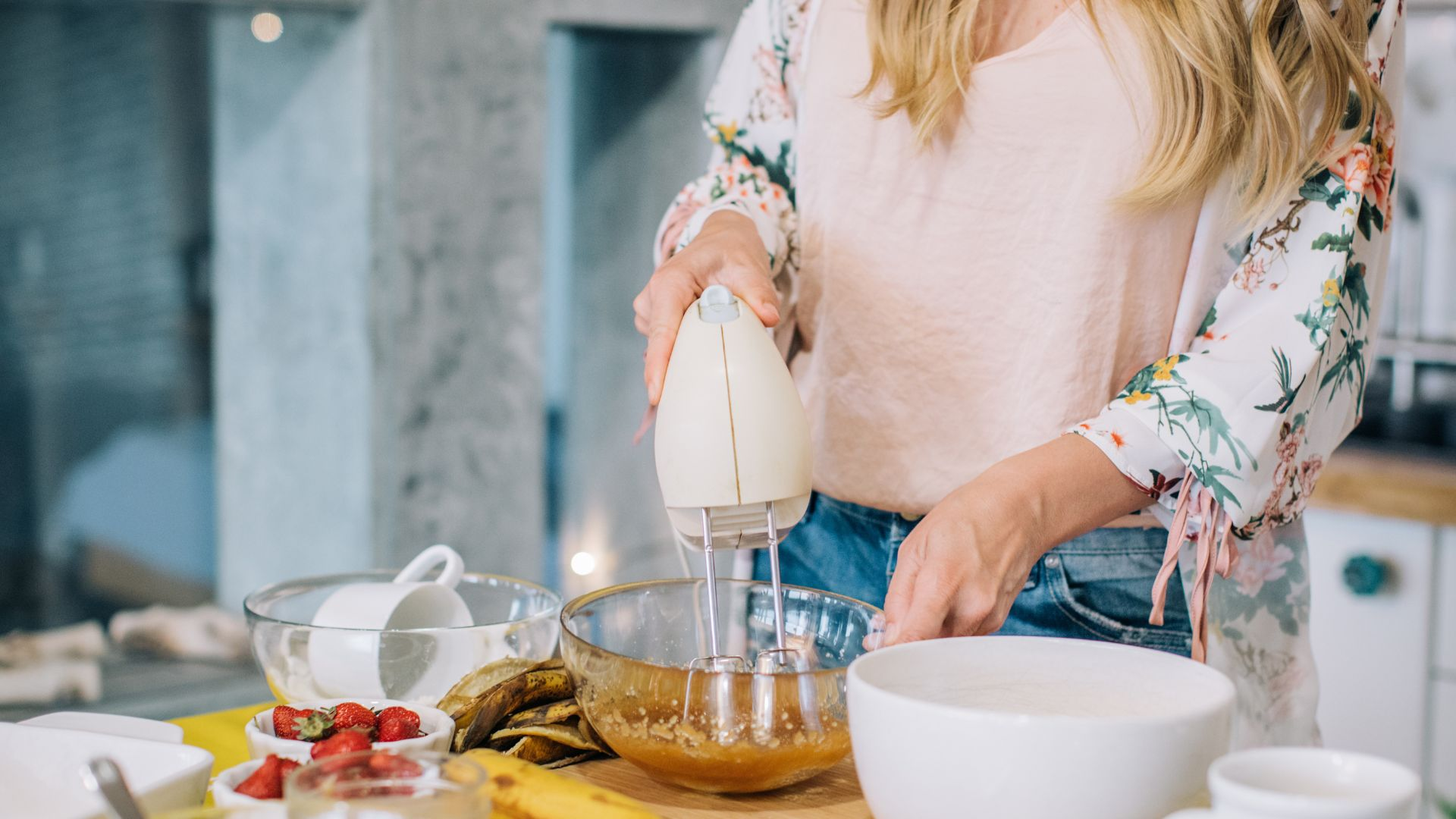
As you know, cooking is a craft; as with all crafts, it requires time and perseverance to master. So enjoy the process and don’t pressure yourself. You don’t need to be Gordon Ramsay to make your family happy. No five-star restaurant in the world could compare to a warm, tasty homecooked meal made by the people closest to you.
Benefits of Cooking for Family
Cooking for your family comes with many benefits. It can be a thoughtful way to show that you care about them while learning a skill in the process. Spending time as a family cooking and eating together can be a lot of fun. Not only would your family love you for it, but it can be an excellent opportunity for you to bond.
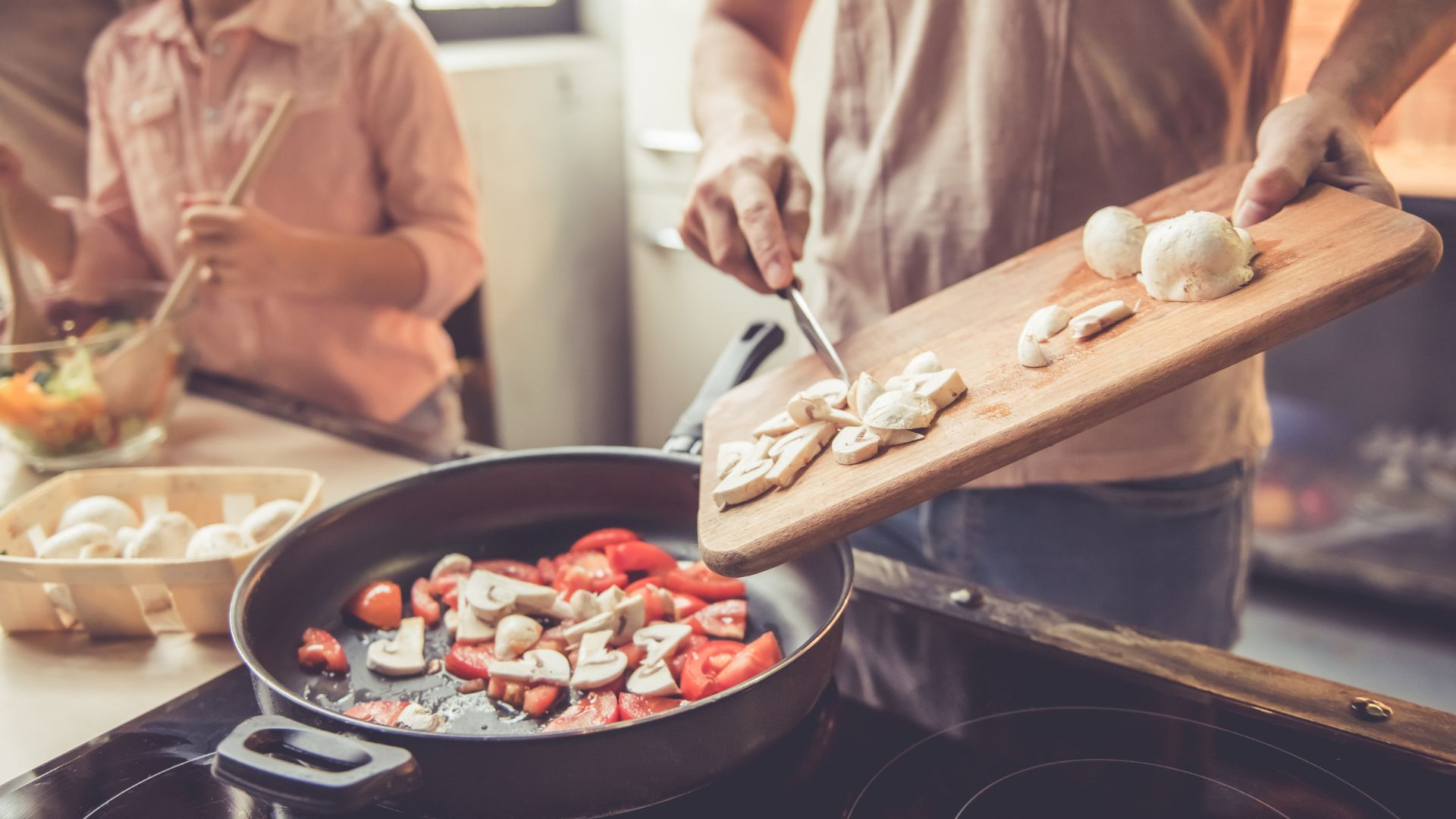
When it comes to healthy eating habits, you are in control. You can adjust ingredients, portions, and even cooking methods to cater to your family’s physiological needs. evening meal at home allows a certain degree of safety since you know which simple ingredients go into the family meal.
In terms of practicality, it can be substantially cost-effective. In general, a food's restaurant price depends on the food cost percentage, cost-markup, and selling price to ensure that their expenses are adequately taken care of while returning a profit at the same time. You eliminate these extra costs by prepare food meals yourself and only spending on ingredients you’d use. If you’re on a budget, warm dinner at home could definitely help you financially.
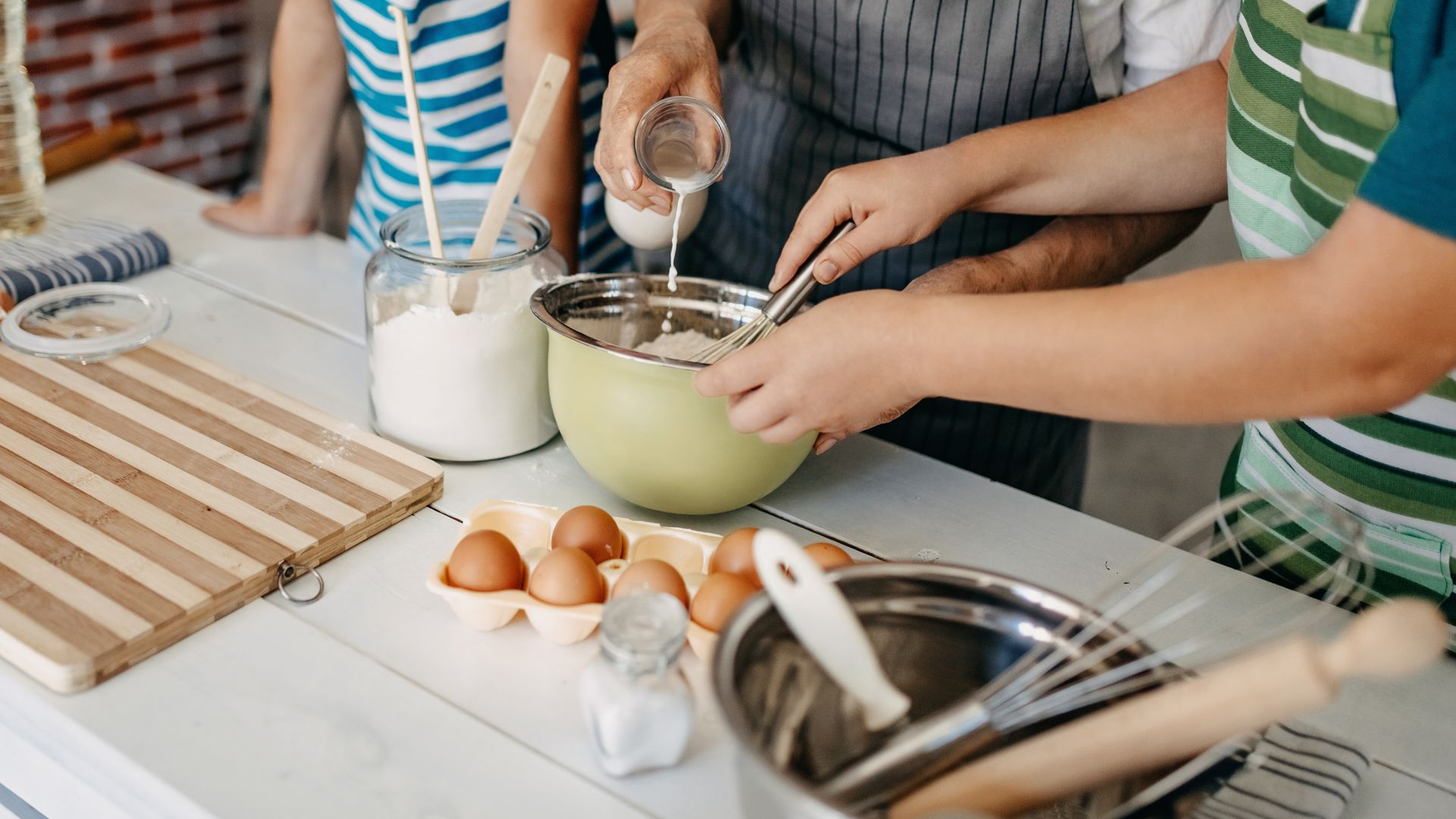
Things to Consider when Cooking for Family
Time
Cooking a decent meal requires time. It demands your full attention, and you’ll need to allocate time from your daily schedule to cook home-cooked meals. However, there are multiple ways to help you cook meals faster.
Research
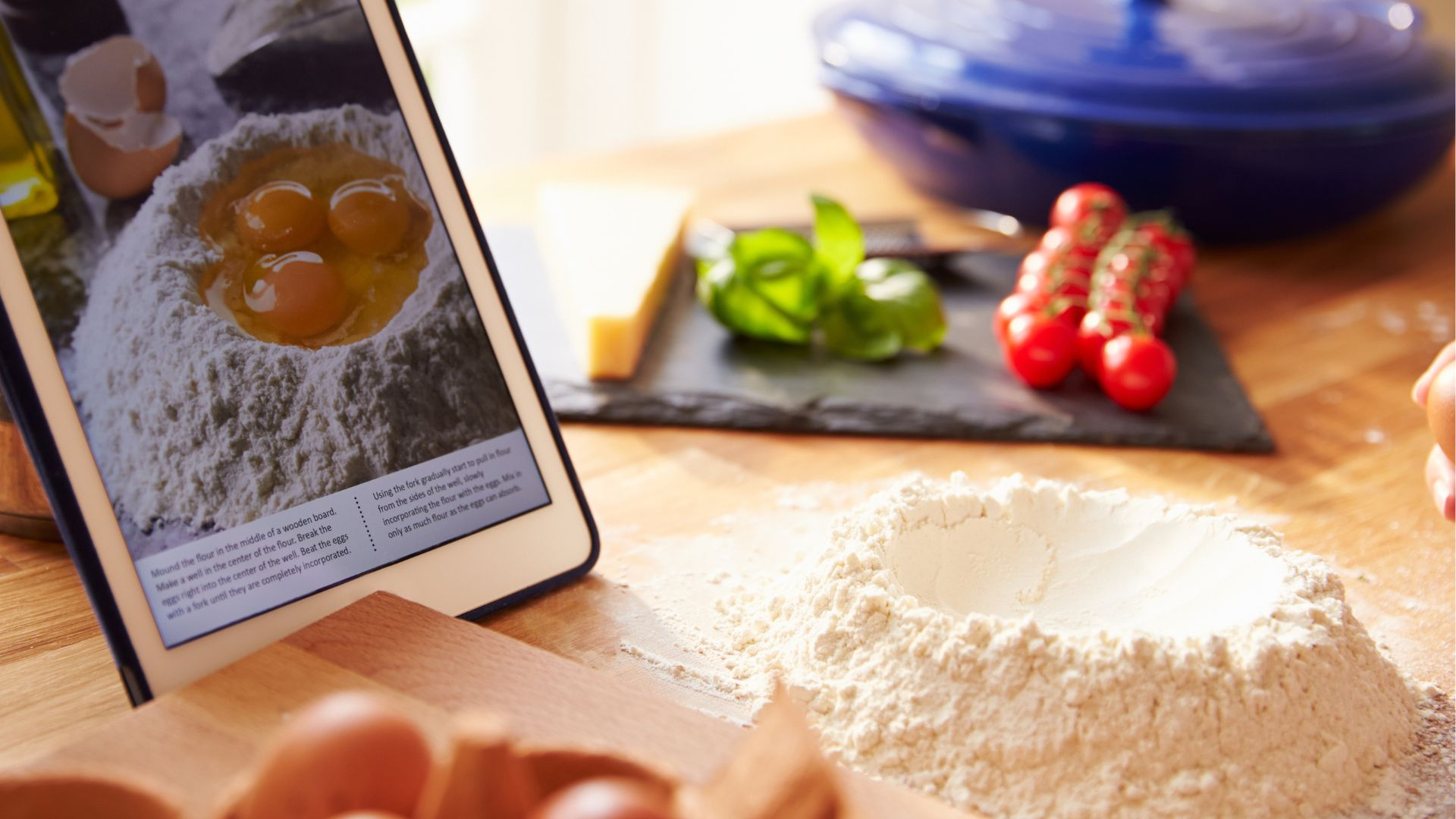
Try checking out the recipe and determine how long it would take to make them. Would it take a 15-minute fry or a 2-hour simmer? Add prep times together while giving yourself some leeway to account for things that may need more intervention, like adjusting for taste, cleaning, and plating it beautifully.
Meal Prep for family meals
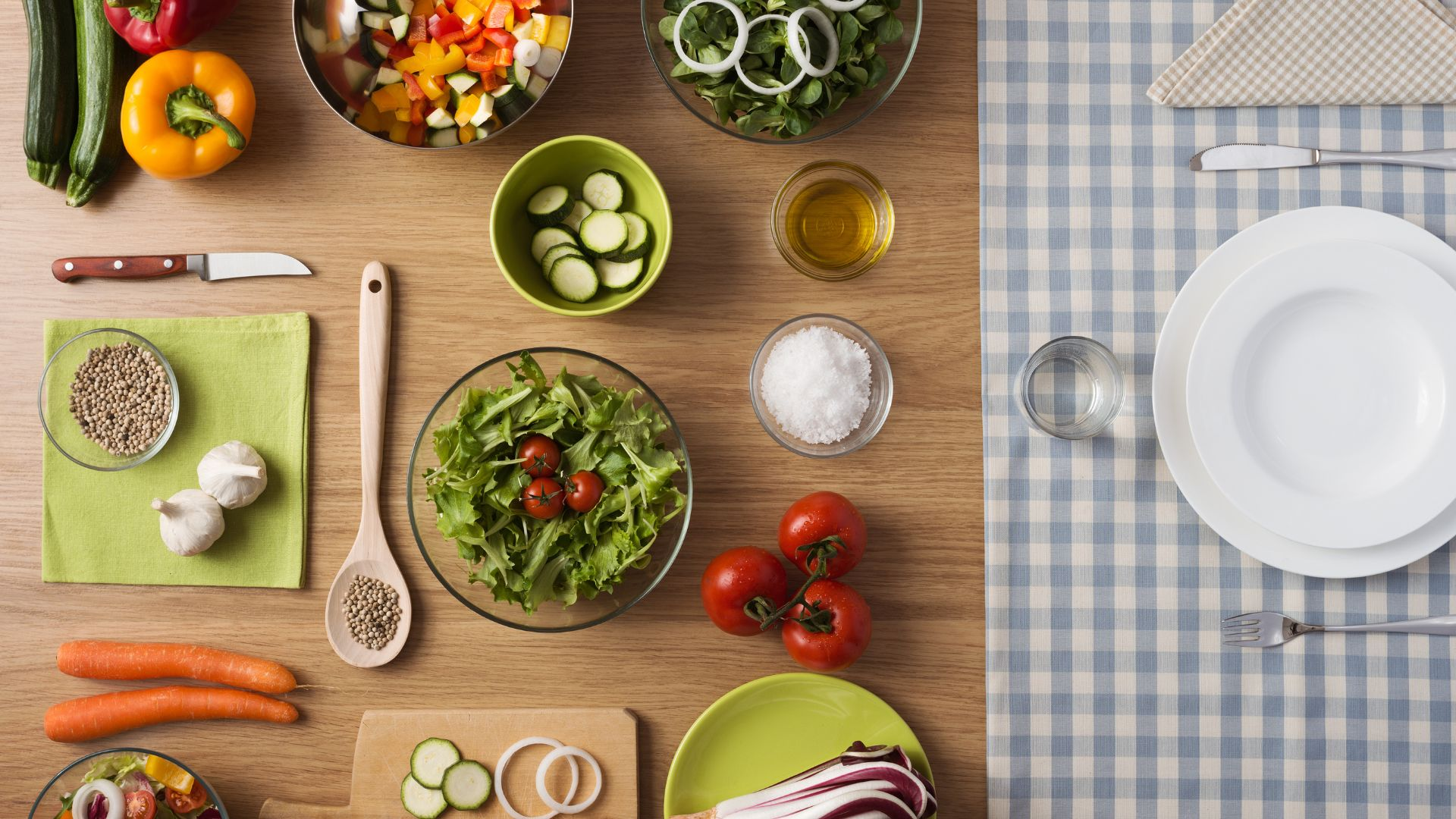
Planning your meals beforehand can save you the hassle of figuring out what to cook for your family in the first place. Preparing your ingredients beforehand can be a great way to lessen your cooking time frame. Similar to this technique is ingredient prepping (discussed later).
Use of Other Kitchen Equipment slow cooker
If you have the money to spare, there are multiple appliances dedicated to enhancing the convenience in the kitchen. Slow cooker, Instant pot, and microwaves are good examples, as they can be used together with other cooking methods to make food preparation more convenient. Using more appliances can ultimately mean extra clean-up, but it shouldn’t be too burdensome if you have a dishwasher and parts of the appliances are dishwasher safe. Also, if you maintain daily upkeep of those appliances by cleaning the necessary parts after each use, deep cleaning will be easier and won’t need to happen as often. For example, if you use an air fryer to speed up baking potatoes, it may be faster than one sheet pan over the stove with other vegetables. And you can simply wash the basket or put it in the dishwasher after.
Using Pre-prepared Ingredients
Pre-prepared ingredients can either be requested or bought from where you usually acquire your ingredients. Some examples are
- pre-cut meals from your butcher, ground beef, pork chops
- pre-cut vegetables from your local supermarket or farmer’s market,
- canned or frozen vegetables that are already cut into pieces, black beans or lemon juice
vegetables you prepared ahead of time and stored in air-tight containers (i.e., ingredient prepping).
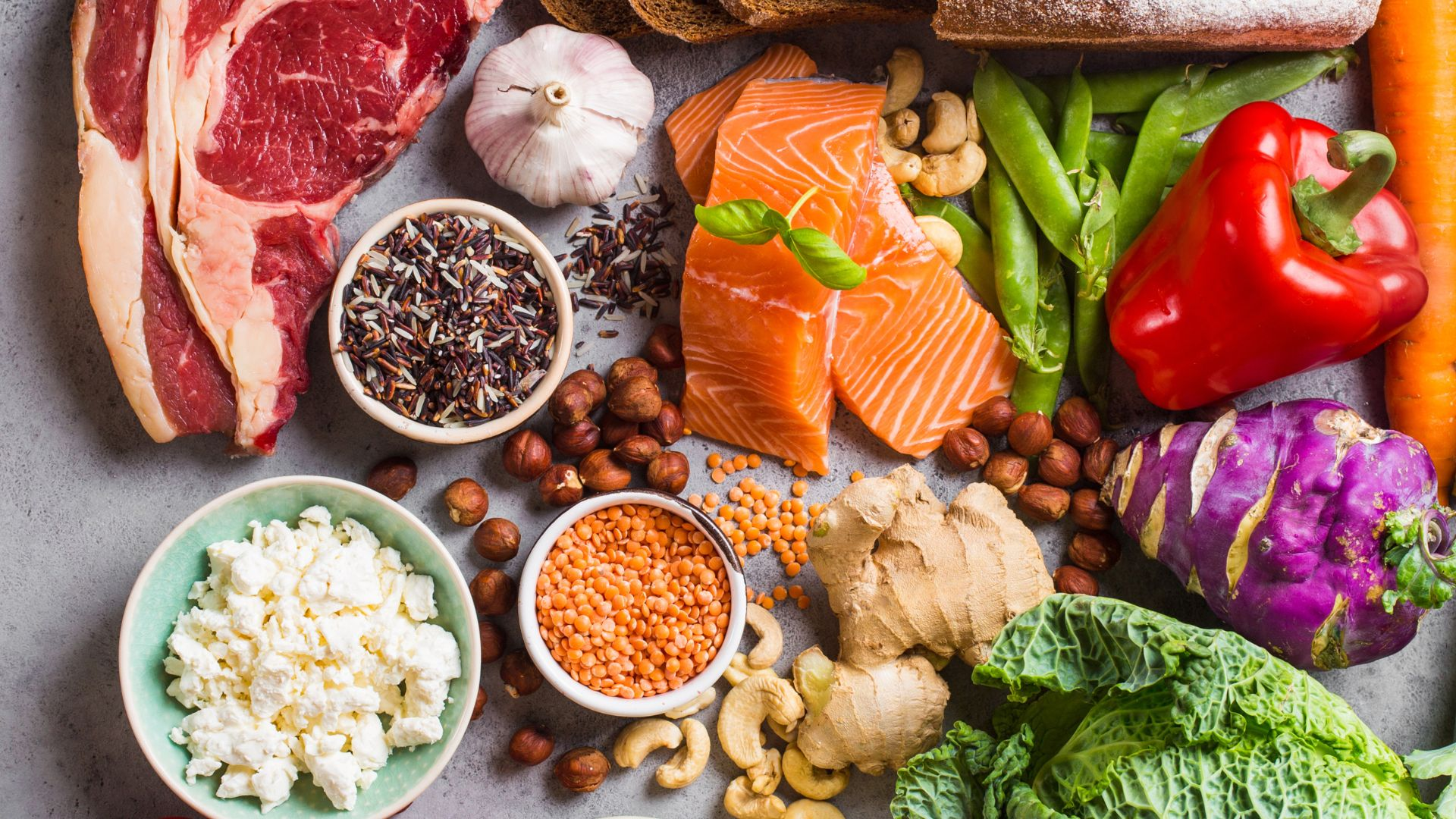
When you have pre-prepared ingredients when you’re ready to cook the meal, most of the time you spend will be dedicated to cooking, rather than prepping. This tip is especially helpful for those of you who are balancing family with work, school, or a baby.
Also, it wouldn’t hurt to try squeezing in some cooking in your free time for practice sessions. Consider mastering techniques and cooking methods to enhance your culinary abilities further. Give cooking quality time, and you’ll be a MasterChef in your family’s eyes in no time.
Knowledge of Cooking Methods
With the power of the internet at your fingertips, knowledge is as accessible as ever, and info about cooking is no exception. From amateur chefs to gastronomic icons, many people share tips and secrets on enhancing cooking abilities.
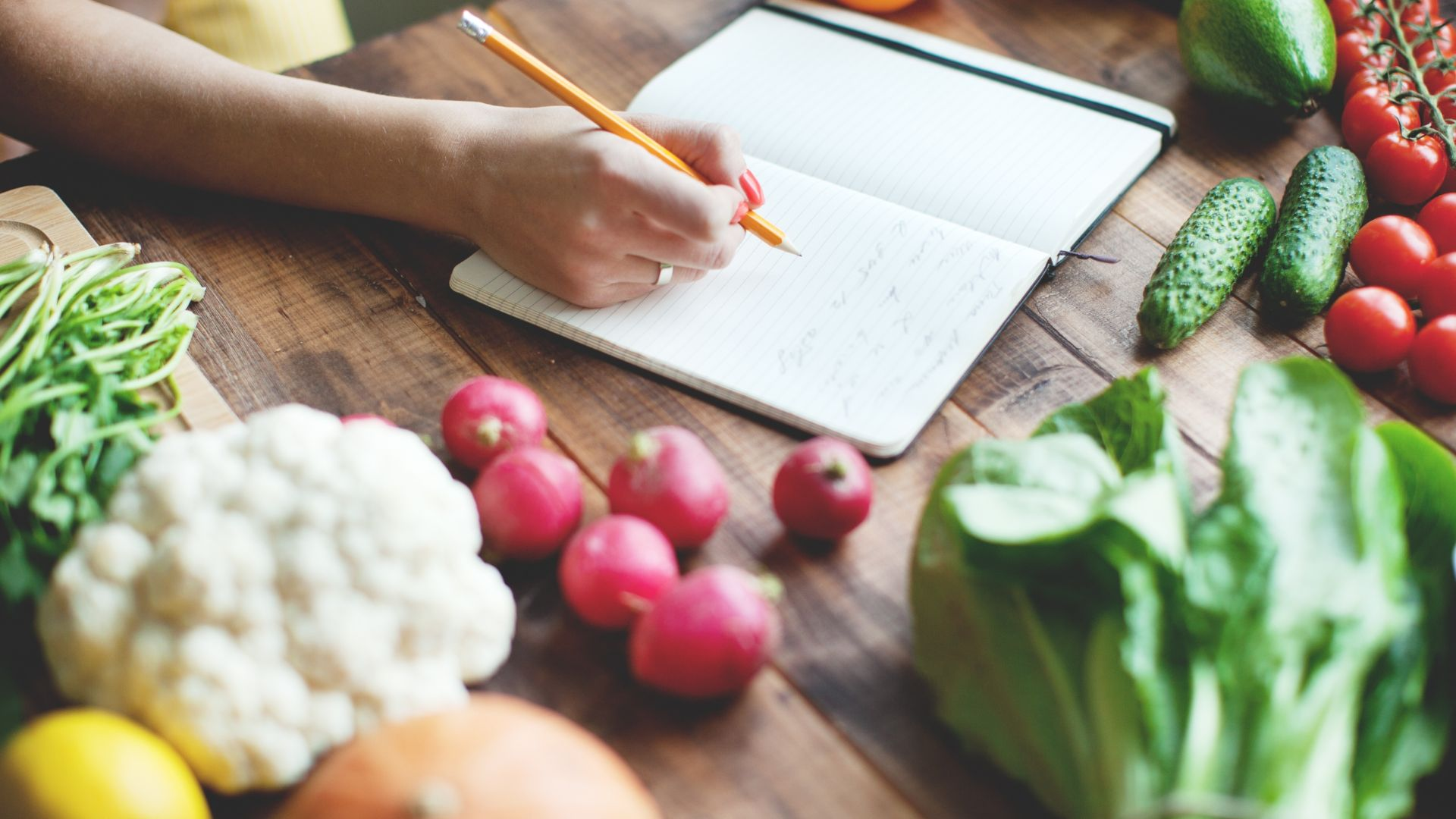
You can also take inspiration from your friends and family. Do you have an aunt who’s got a fabulous pasta recipe? Or a co-worker who makes the best barbeque sauce ever? Then what are you waiting for? Ask!
If you already have a few techniques up your sleeve, the next step is to try and master them. Cooking is a continuous learning process. The knowledge you gain should be nurtured and modified to be better and better - polishing your craft until it’s perfect.
Kitchen Organization
Knowing where your tools are can save you time and energy. You’d be surprised how much this can lead to quicker and safer cooking.
When organizing your kitchen, group your utensils according to their function. For example, you should group pots and pans near the stove for easy access. Knives and various cutting or shaping tools should be located near the counter (or where you would use them most) so they are ready for use during meal prep. Think about where you do certain tasks in the kitchen and place the important or most-used items within reach of that area. For example, you can place cutting board mats in the drawer directly below a built-in cutting board in the kitchen. But, if you’re more inclined to do most of your cutting, chopping, and dicing at the kitchen table, then you can place them in a drawer in a nearby China cabinet instead. You might also want to think about making some utensils or tools easy for little ones to reach. If you familiarize your kids with where utensils are, they can easily grab them for you when they’re helping you in the kitchen. Remember that there is no fixed formula to this, and you can organize your kitchen to fit your needs.
Think of your kitchen as an orchestra; you are the conductor, your cooking tools are the instruments, and the food you cook is the beautiful symphony they create. Similar to an orchestra, everything must be in its proper place and position - to be used at a moment's notice when needed.
Safety and Precaution
There are hazards everywhere in the kitchen and accidents waiting to happen. You should always be mindful and prioritize safety when cooking.

Consider these DOs and DON’Ts when cooking to maximize safety in the kitchen:
- DO wash your hands - Washing your hands ensures that food preparation is free from germs and spares you and your family from food poisoning. Food contact with unwashed hands can be a source of diarrhea pathogens. Once complementary foods are contaminated with pathogenic bacteria, the bacteria can rapidly multiply within the foods.
- DO keep a fire extinguisher nearby - Fire can be erratic, especially in home kitchens. Electric stoves and induction cookers are safer since they don’t use open flames.
- DO keep your floor dry and free from clutter - A slip and a fall while holding hot or sharp objects can quickly spell disaster.
- DO NOT put water on grease fires - Water can turn a grease fire into a giant fireball. If you don’t have a fire extinguisher nearby, cover the pot or pan with a lid or thick cloth, then turn the heat off instantly. If the fire is small and manageable, pouring salt or baking soda can also snuff the fire out.
- DO NOT use dull knives - One might think a dull knife is safer since it can’t cut you that well - this is not the case. Dull knives are unpredictable and require a lot of force to be effective. One slip, and it could mean a finger or two. This advice should also apply to picks and kitchen shears.
- DO NOT get distracted - Obviously, this goes without saying that cooking demands your full attention for safety. According to U.S. fire statistics during the period from 2010 to 2014, cooking equipment was involved in 46 % of reported home fires and more than 450 home fires daily associated with cooking.
- DO NOT store cleaning products near your kitchen - Properly store chemicals in your home and away from children to avoid poisoning. The most frequent exposure routes were ingestion (90.4%), followed by inhalation (4.3%), skin and eye contact (2.4% and 2% respectively). The products involved were bleach, petroleum derivates, rodenticides and pesticides. The main causes were products within the children's reach, storage in soft drink bottles, food mixed with rodenticides, incorrect product use, and kitchen utensils used for measured cleaning products.
- DO NOT let small children play in the kitchen when you’re cooking - Teaching your kids to cook can be a great hobby for them to learn while they’re young. However, if they’re more interested in playing than cooking, tell them that the kitchen is off-limits. Knives, flames, and playing children are just disasters waiting to happen. Between 1990 and 2014, thermal burns account for 60.2% of pediatric burns in the US alone, so always give your kids something to do away from the kitchen when you’re busy cooking.
Getting Acquainted with Cooking Utensils and Equipment
Acquaint yourself first with the most common tools you’ll likely need in a home kitchen. Give yourself time to know each piece of equipment in and out.
Kitchen utensils
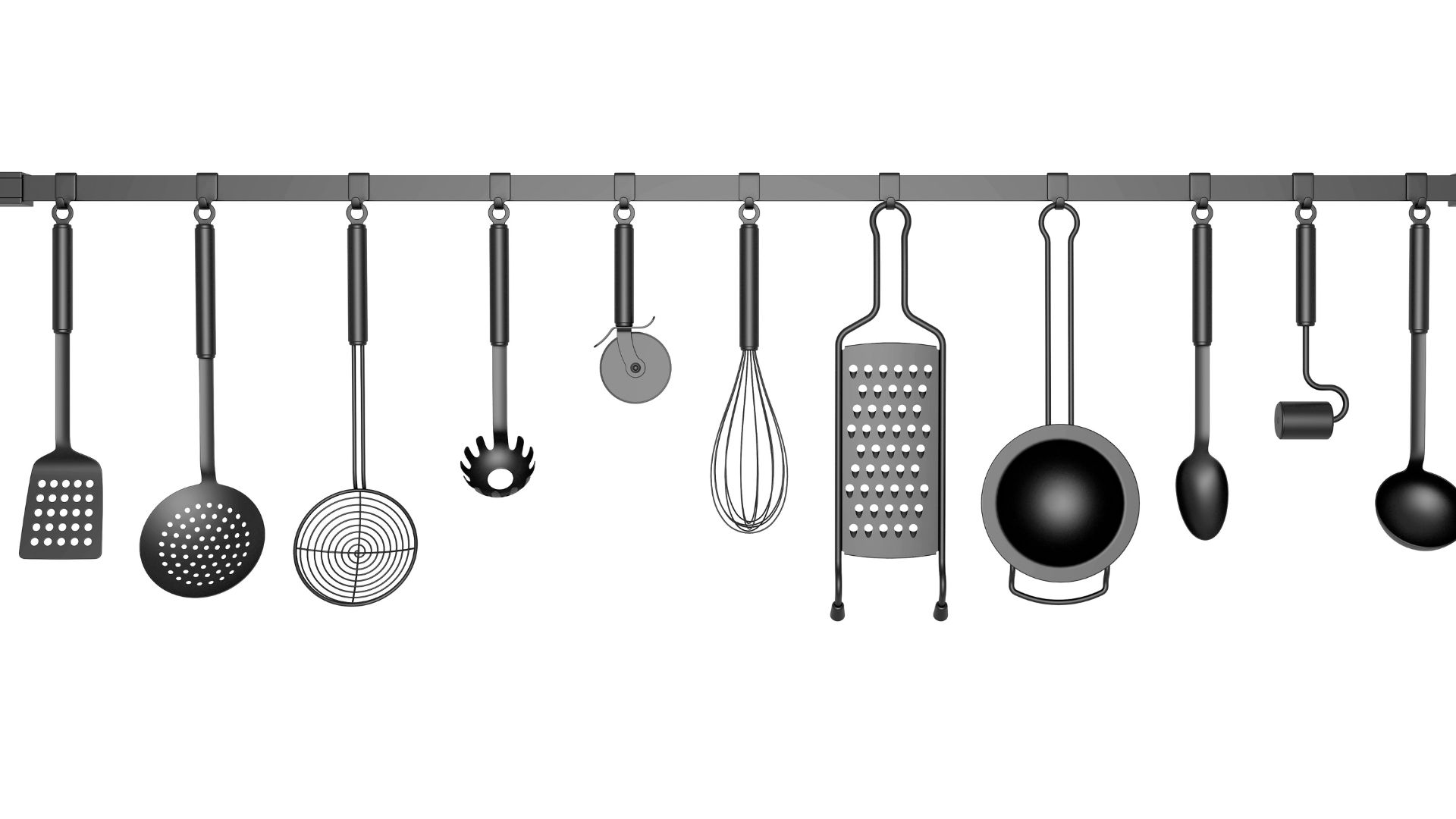
- Chef’s knife - A chef’s knife is every cook’s best friend. Arguably the most versatile tool in the kitchen, you can use it for chopping, slicing, filleting, and scoring. Always keep this sharp.
- Frying pans - Usually made from iron, stainless steel, or Teflon (non-stick pans). Use these for frying, braising, or one pan searing meats and vegetables—a must-have in any home kitchen.
- Cooking pots - This includes soup pots, casserole pots, saucepans, and dutch ovens. Use these for broths, soups, deep frying, to boiling. If lots of liquids are involved, don’t think twice and use a cooking pot.
- Chopping board - A chopping board provides an even surface area for prepping food. It can be made from wood, plastic, or even glass. If you have a wider chopping board, you can even use it for kneading dough. Make sure to clean this thoroughly before and after use, as it’s infamously known as a breeding ground for bacteria.
TIP: To stabilize your chopping board, try putting a damp cloth or paper towel beneath it.
Heating surfaces
- Gas-range stove - Arguably the most common heating equipment used in most homes, known for evenly distributing and controlling heat more effectively by using an open flame.
- Electric stove - Safer and usually more portable, electric stoves are typically found in college dorms. While electric stoves are safer to use, they could be the more expensive option when used long-term as they are not as efficient in using energy.
- Induction cooker - To put it more simply, induction cookers are a more advanced version of an electric stove. Instead of using thermal energy, electromagnetic currents are distributed and used to heat your food.
Other kitchen and baking equipment
- Steamer - Steamers produce heat through heated vapors from boiling water. Steaming keeps food moist and juicy. It can also be healthier as no oils or chemicals are needed.
- Oven - Ovens are used for baking and roasting and are a useful tool for cooking. Though not really needed if you just want to cook simple food for your family that doesn’t need baking. Ovens offer options for more complex or even healthier recipes.
- Baking trays - Typically made from steel, baking trays are used when cooking in an oven for a wider cooking surface.
- Blender/Food Processor - Use food processors to grind, puree, or make sauces more delicate.
- Mixers - Mixers are used to beat and mix various ingredients to incorporate them more thoroughly. More commonly employed in baking, you can use it to make frosting, creams, and other thick liquids.
The Steps in Learning How to Cook for your Family
Planning the meal
Type of meal and time of day
When it comes to preparing meals for your family, think about what type of meal you want to make and when your family will eat it. Will you cook for breakfast, lunch, or dinner? Careful planning can determine the quality of your food and the time it can be served.
Techniques used
Some techniques take longer and are more complex than others. So try starting with more accessible cooking methods such as these:
- Pan heating - The most straightforward cooking technique to learn, as you only need to heat food in a pan without using other ingredients such as oils or sauces. Typically, this cooking method is helpful for frozen meals like ham and canned food.
- Frying with minimal to moderate oil - A step up from pan heating, the addition of oil brings out the flavor of your dish and promotes the Mallard reaction, which gives a yummy toasted flavor to food from heated proteins and sugars. Cook with this method when dealing with eggs, broccoli , chili, bacon, and stir-fried veggies.
- Deep frying - When cooking fried chicken, french fries, chicken nuggets, and fish fingers, deep frying is the best option. Using this approach makes food crispier and more evenly cooked.
- Soup - Soups are somewhat uncomplicated if you need food in a pinch. They are easy to make, and they’re packed with flavor. Start by boiling the protein of your choice and maybe add some veggies for extra flavor, and you’ll have a hearty soup in no time. If you find this too intimidating, soup mixes are always available to make things easier.
- Grill - If you have a backyard and if your state allows it, cooking outdoors can also be relatively simple. Just season your meat or veggies, then place them on a charcoal flame. Very crowd pleasing dinner, hot dogs, Italian sausage and tortilla chips on the side.
Preparing the Ingredients
It’s best to keep a list of the ingredients you’ll need for the recipe. Try categorizing your list into fresh, frozen, and dry ingredients. Doing this makes your shopping more streamlined.
Nothing compares to fresh ingredients; the fresher, the better. Consider shopping at local farmer’s markets in your area. Farmer’s markets offer a variety of seasonally fresh, healthy, and organic produce, not to mention that you’re also helping a small family business in the process.

Some vendors are also cooks and could teach you a thing or two about cooking their products. Not only that, but farmer’s markets glue food communities together. You’ll meet many people who share the same love for cooking.
Choose the ingredients that you’ll be using carefully. Always be aware of food allergies in the family, as some allergies can be fatal. Nuts, seafood, eggs, and milk are your common offenders.
As you plan the meal you're cooking, try utilizing healthier ingredients as much as possible. A good example would be using soy milk instead of regular milk or opting for brown rice, wild rice instead of white rice. Cooking healthily for your family shows that you care about their physical well-being.
One thing that should be of note as well is food-drug interaction. Some ingredients can adversely affect the medication that a family member is taking. So, always follow the doctor’s orders when it comes to food intake while using prescription medication.
Here are some examples of dangerous food-drug interactions:
- Milk + Antibiotics - Reduces the effectivity of antibiotics by limiting their absorption
- Fermented food + Monoamine Oxidase Inhibitors (MAOIs) - Can cause a hypertensive crisis
- High-protein food + Propranolol - Can exhibit an increase in serum levels
- Orange juice + Celiprolol - Can inhibit intestinal absorption
- Grapefruit juice + Ca2 Channels - Increases bioavailability or ability of the body to absorb drugs
- Food containing Vitamin K + Warfarin - Interferes with the effectiveness of warfarin therapy
Preparing the Resource Material
If you don’t have a person with you to teach you how to cook, you’ll naturally be using recipes found in books, blogs, or Youtube videos. These are one of the most helpful resources you’ll need in starting your quest as your family’s personal chef.
When you get good enough, the recipes you learn eventually become guidelines. You can customize the recipe by tweaking certain ingredients according to your liking.
Cooking is about creativity and self-expression, speaking to others by placing a part of yourself in the food you create.
The Cooking Process
Actual Cooking
Finally! It’s the moment you’ve been waiting for. Having the right knowledge is one thing; application is another. Start with easy-to-prepare meals first to slowly get a feel of the kitchen atmosphere.
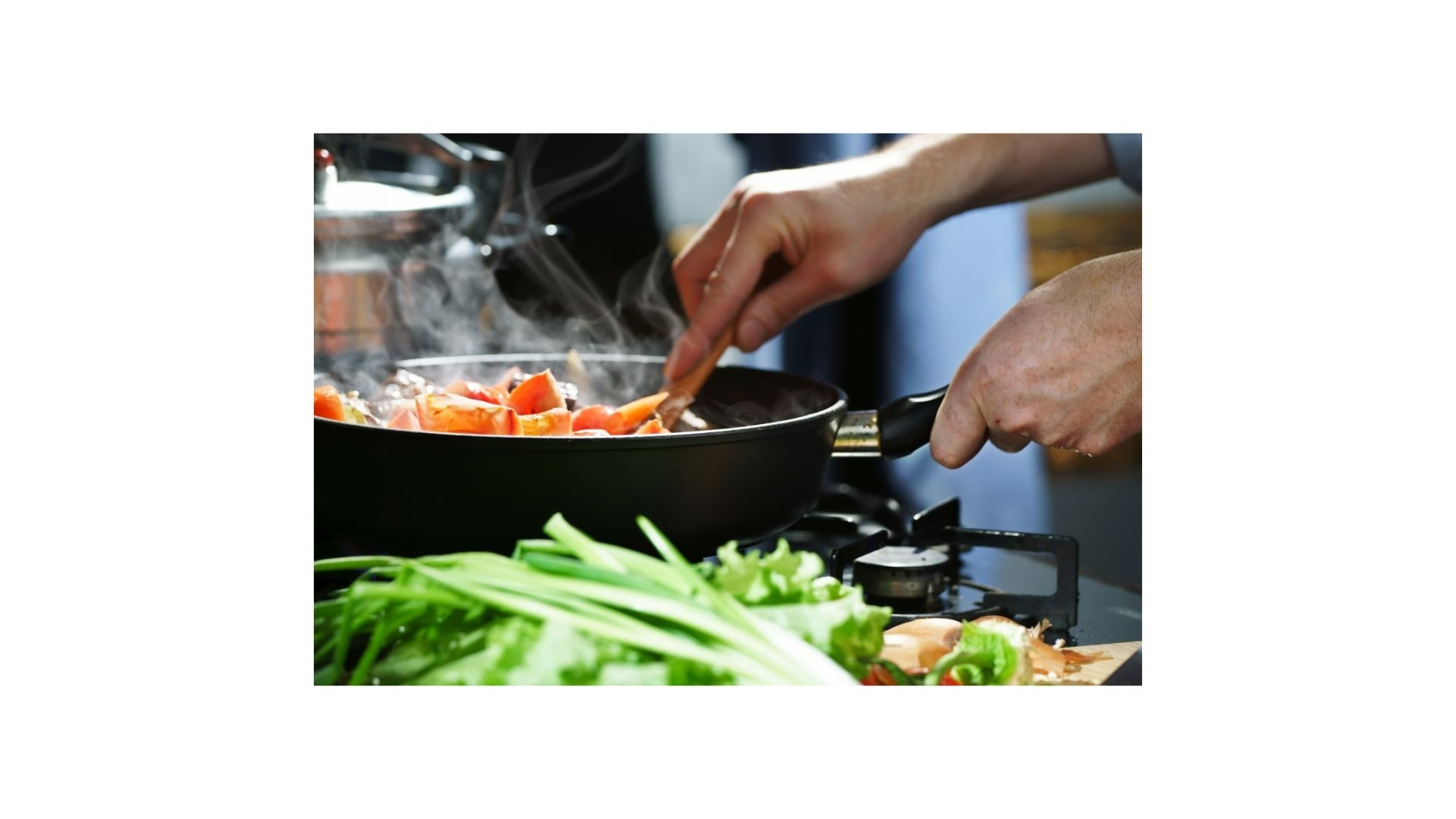
Try limiting yourself to meals that only require three to five steps–the fewer ingredients, the better. A good set of options are spam, boiled eggs, or hotdogs. It gives you an idea of what cooking actually feels like. So take it slow, and take it all in.
If things don’t go well for some reason, always remember to be kind to yourself. You’re just a beginner, after all. A good contingency plan for failed meal attempts could be sandwiches or cereals that require no cooking. Don’t worry. You’ll get there.
Progression
As you improve your culinary skills, gradually work your way up to more complex meals such as sunny side up, scrambled, and poached eggs. Doing this exposes you to different cooking techniques and flavor profiles.
Also, familiarize yourself with the texture and consistency of an ingredient or dish. Is it crunchy, chewy, or both? Is it a liquid, jelly-like, or frozen? Knowing and applying these nuances can significantly affect the quality of the food you make apart from the flavor.
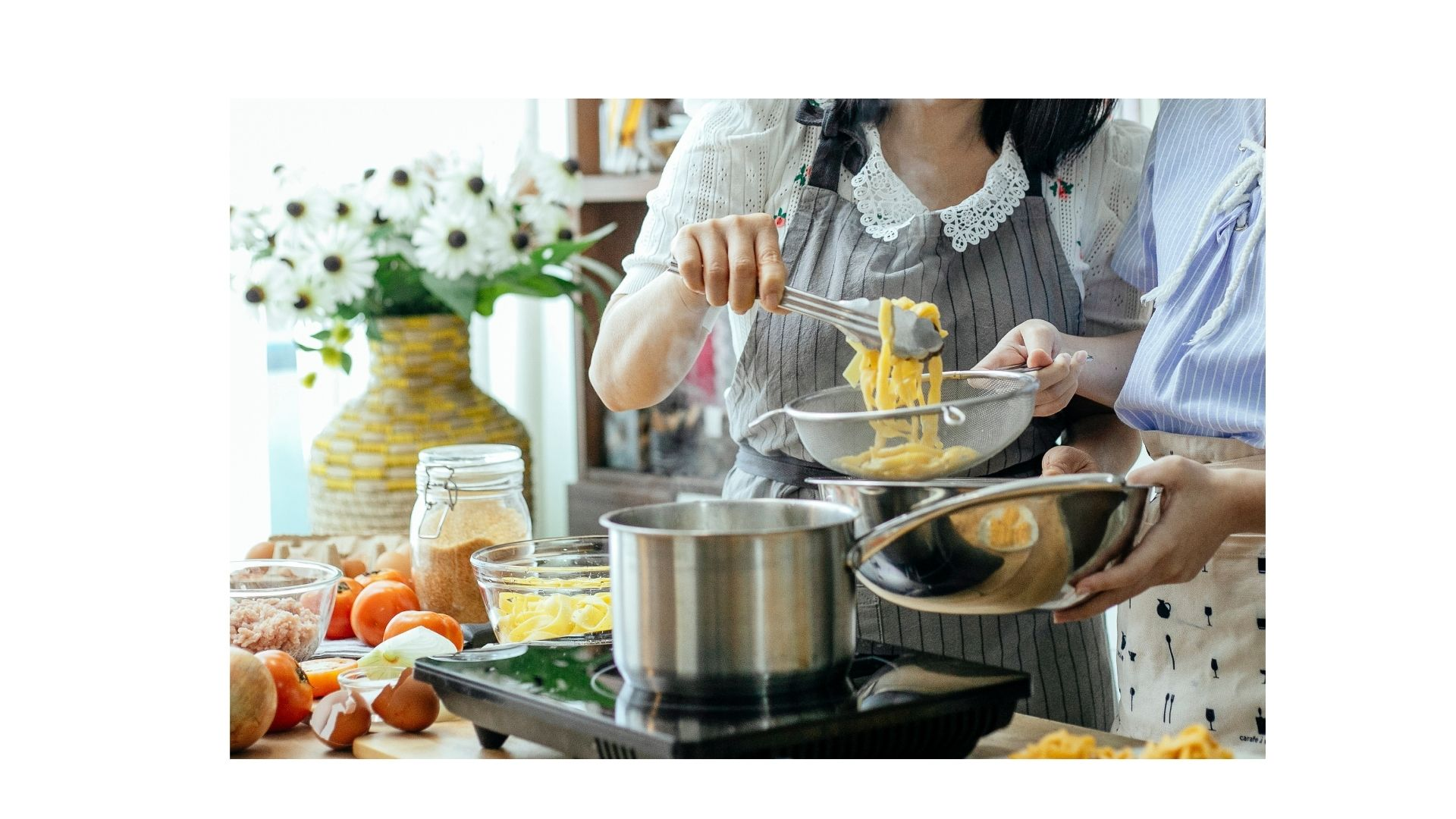
You can also combine specific cooking methods to create more complex meals. A few examples are pan-heating vegetables to bring out the flavors before boiling them into a soup or boiling meat to tenderize them before deep frying. The possibilities in cooking are endless. Train yourself with various technique combinations, and your cooking game will skyrocket.
Serving and Plating
When serving your food, people eat first with their eyes. Presentation matters, but this is another skill to master in itself. For starters, if you’re serving fried food, removing excess oil can make it more appetizing and healthier.
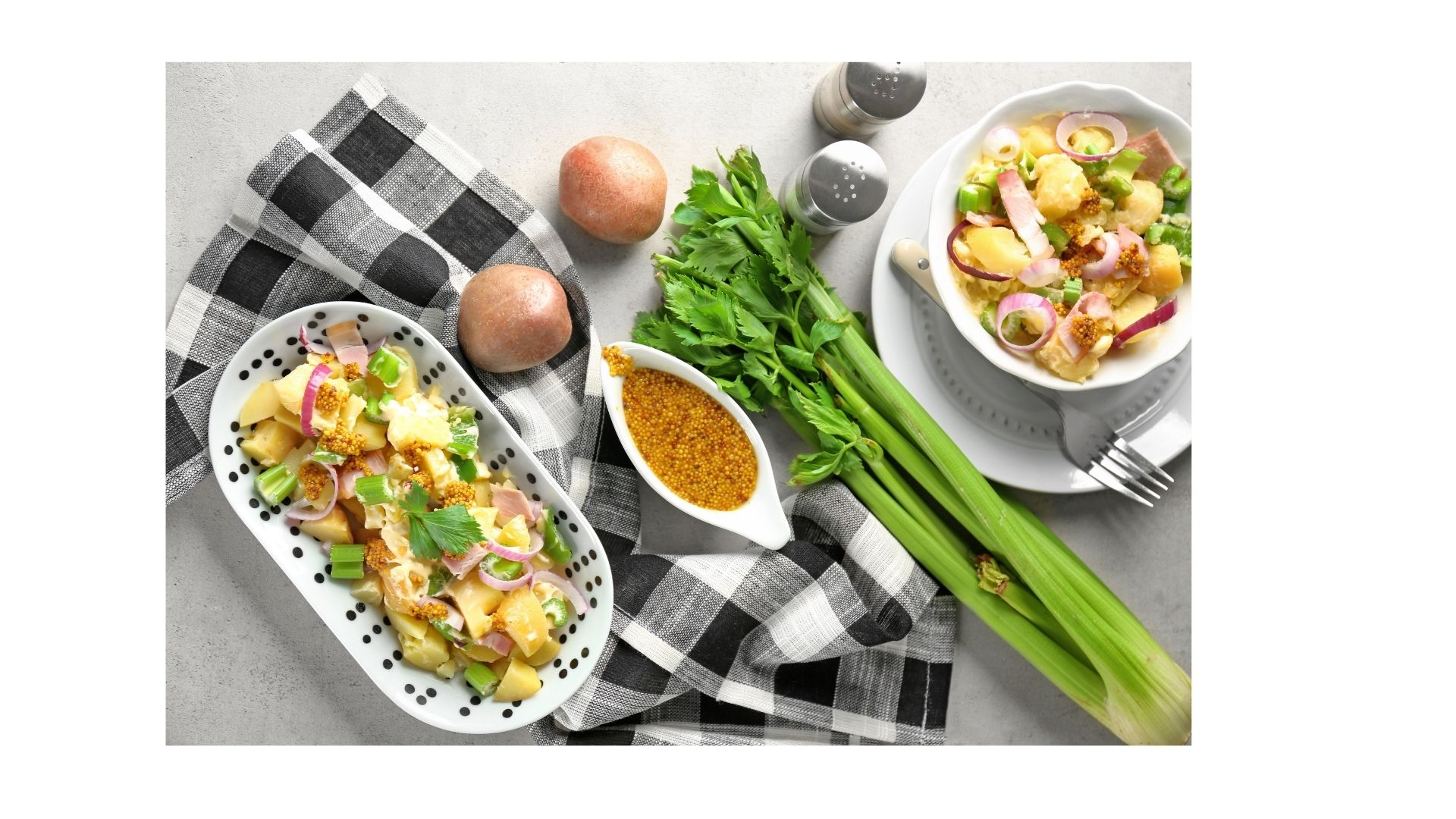
Using vibrant colors is an excellent way to make your food look more delectable. Adding a contrasting color as an edible decoration (garnish) can bring your food’s appearance to the next level. One example is sprinkling chopped herbs into dull-colored meals.
Aftercare
Cleaning up is just as important as preparation. One hallmark of a good cook is maintaining a neat and spotless kitchen. Doing this creates a safe environment for your home and prevents germs from breeding if kitchen supplies are washed thoroughly, and garbage is put away immediately.
A good rule of thumb is to clean as you go to minimize aftercare when cooking. When preparing food, downtimes happen. So instead of waiting, you can try and wash the equipment that you won’t be needing for the rest of the recipe.
Feedback
Criticism can often be hard to take. Don’t get discouraged when the first few meals you prepare leaves a lot to be desired. Encourage your loved ones to provide constructive criticism, and don’t take it personally. Criticism is there to help you improve on your craft while adjusting to your family’s preferences simultaneously.
Journaling
Keeping tabs on your cooking can also be a great resource when cooking. Jotting down the things your accomplishments and things you need to work on can help your progress immensely. You can pretty much list anything you want. Personal recipes and ingredient ratios are a good start.
Conclusion
Cooking for your family is one of the most rewarding experiences ever. Seeing the smiles on your family’s faces when they taste your cooking can be very heartwarming. Not only that, but you’ll also bring your family closer as you share a home-cooked meal.
Dinner ideas is a journey, so whip your knives out, get those burners ready, and strap that apron on. Your first step starts now.
Frequently Asked Questions (FAQs)
Why cooking is important in a family
Cooking is important in a family because it brings people together. It allows for creativity and experimentation, and it teaches children about nutrition and where their food comes from. This is also a great way to bond with your loved ones, and it's a fun way to spend time together.
What meal should I make for my family
Making a meal for your family can be a daunting task, but it doesn't have to be! With a little planning and some creativity, you can make a delicious and nutritious meal that everyone will love.
One simple and healthy option is to start with a homemade mashed potatoes, baked spaghetti, mac n cheese, egg noodles, tomato soup or salad. Then, add in some cooked chicken or fish, along with some steamed vegetables. You can also serve this meal with some brown rice or whole grain bread on the side.
Why is it important to cook together
Serving is important for a number of reasons. It helps to bond families and friends, it is a great way to show love and appreciation, and it can be a fun and relaxing activity.
But beyond all that, prepping is also an incredibly important life skill. It teaches patience, planning, and resourcefulness. It encourages creativity and allows people to express themselves in new ways. And perhaps most importantly, it enables people to take care of themselves and those they care about.
Spending time together is one of the best ways to learn these important life skills. By sharing the experience with others, we can learn from each other and become better cooks ourselves. So next time you're looking for something fun to do with
What can I cook for a large group of children
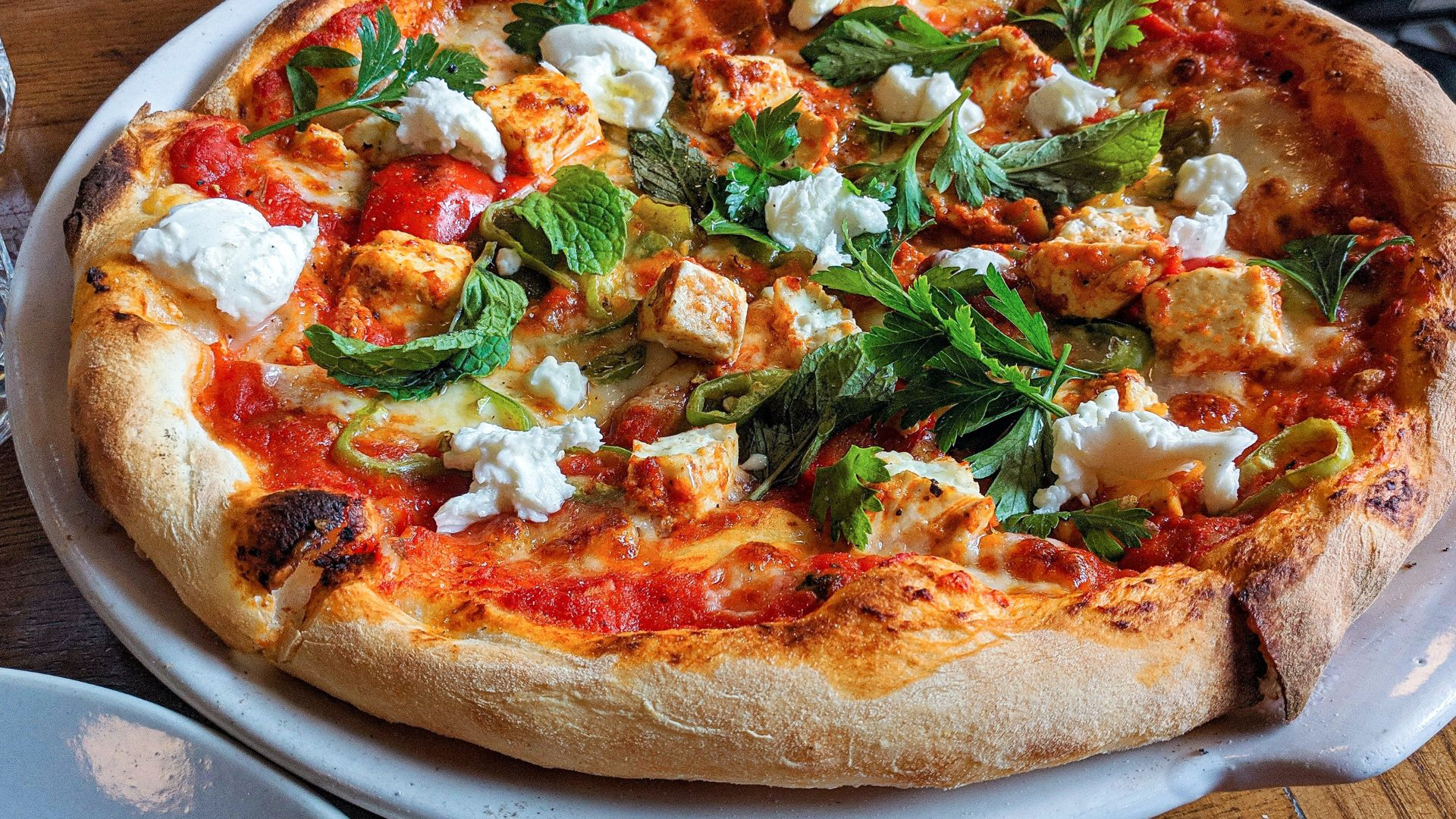
Serving for a large group of children can be a fun and rewarding experience. Just remember to keep things simple, and to stick with kid-friendly recipes that are sure to please even the pickiest eaters.
Some of my favorite kid-friendly hungry crowd recipes include pizza, sloppy joes, chicken nuggets, macaroni and cheese, and hamburgers. And for dessert, why not try some delicious cookies or brownies? The options are endless, so have fun experimenting in the kitchen!
What is the best time for family dinner
There's no one "best" time for dinner time, but there are definitely some times that are better than others. It's better to pick a time you can get the whole family together. For example, evening is generally a better time for dinner time than during the day, many families have busy weeknights. However, it gives everyone a chance to eat good food relax and spend time together after a long day.
Another good time for family dinner is on weekends, when everyone has more time to relax and spend together. And of course, you can always make dinner a special event have different dishes cook something new and exciting! No matter what time you choose, the most important thing is to make sure that you all take the time to eat together and enjoy each other's company.

